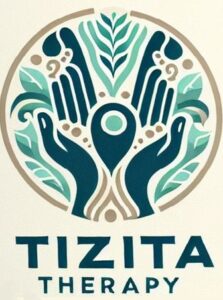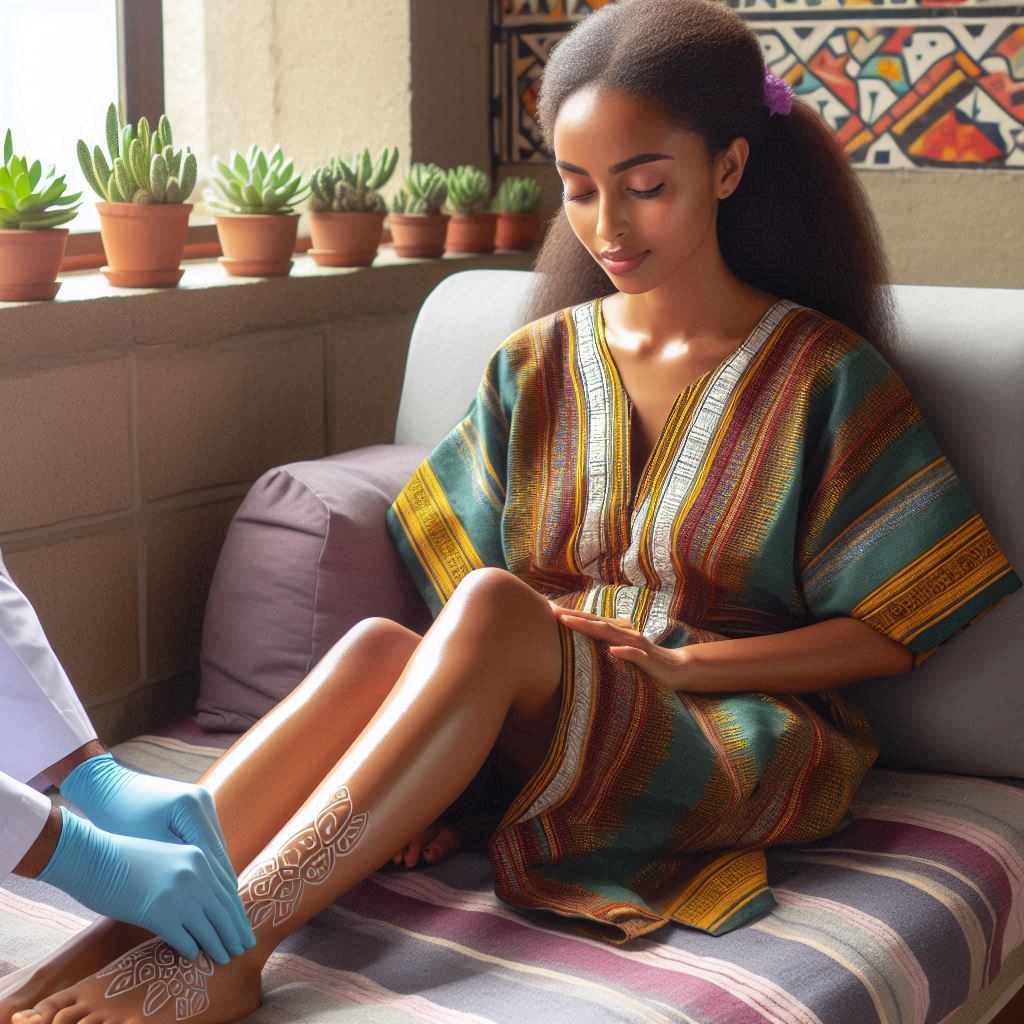In the bustling city of Addis Ababa, where modern life often brings stress and physical discomfort, an ancient healing practice is gaining renewed attention. Reflexology, one of the core services at Tizita Therapy Center, offers a natural, non-invasive approach to pain relief and overall wellness.
What is Reflexology?
Reflexology is a therapeutic technique based on the principle that specific points on the feet, hands, and ears correspond to different organs and systems of the body. By applying pressure to these points, practitioners aim to promote healing and relieve pain throughout the entire body.
The practice has roots in ancient Egyptian and Chinese medicine, with evidence dating back to 2330 BC. Modern reflexology, however, was developed in the early 20th century by Dr. William Fitzgerald and later refined by Eunice Ingham, known as the “mother of reflexology” [1].
How Does Reflexology Work?
The theory behind reflexology suggests that our body is divided into ten vertical zones, each represented by a specific area on the feet, hands, or ears. By applying pressure to these areas, reflexologists:
- Stimulate nerve function
- Increase energy
- Boost circulation
- Induce a deep state of relaxation
- Bring the body’s physiological function to an optimal level
While the exact mechanism is still debated in scientific circles, based on empirical researches on countless outcomes, many practitioners and researchers are convinced that reflexology works through neurological and energetic pathways [2].
Reflexology for Pain Relief
Studies have shown reflexology to be effective in reducing and removing various types of pain, including:
- Lower back pain
- Headaches and migraines
- Neck and shoulder tension
- Arthritis pain
- Fibromyalgia symptoms and several others.
A 2011 study published in the Journal of Complementary Therapies in Clinical Practice found that reflexology significantly reduced pain in patients with low back pain compared to a control group [3].
Complementing Other Therapies
One of the strengths of reflexology is its ability to work in harmony with other therapeutic approaches. At our center, we often combine reflexology with:
- Trigger Point Therapy: Reflexology can help relax tense muscles, making trigger point release more effective.
- Cupping Therapy: The increased circulation from reflexology enhances the detoxifying effects of cupping.
- Manual Therapy: Reflexology’s relaxation effects can prepare the body for deeper manual work.
This integrative approach allows us to provide more comprehensive and personalized treatment plans for our clients in Addis Ababa.
Overall Benefits of Reflexology
Beyond pain relief, reflexology offers a wide range of benefits:
- Stress Reduction: By promoting relaxation, reflexology can significantly lower stress levels.
- Improved Sleep: Many clients report better sleep quality after regular reflexology sessions.
- Enhanced Digestion: Stimulating specific reflex points can aid in digestive health.
- Boosted Immunity: By improving circulation and reducing stress, reflexology may enhance immune function.
- Hormonal Balance: Some studies suggest reflexology can help balance hormones, particularly beneficial for women’s health issues [4].
At Tizita Therapy Center, we blend traditional Ethiopian healing wisdom with modern reflexology techniques. Our approach not only addresses immediate pain concerns but also promotes long-term wellness, offering our community in Addis Ababa a holistic path to better health.
Whether you’re seeking relief from chronic pain, looking to complement your existing healthcare regimen, or simply want to improve your overall well-being, reflexology offers a gentle yet powerful therapeutic option. Experience the healing touch of reflexology at Tizita Therapy Center and take the first step towards a more balanced, pain-free life.
[References]
- Kunz, B., & Kunz, K. (2008). The Complete Guide to Foot Reflexology. Reflexology Research Project.
- Tiran, D., & Chummun, H. (2005). The physiological basis of reflexology and its use as a potential diagnostic tool. Complementary Therapies in Clinical Practice, 11(1), 58-64.
- Quinn, F., Hughes, C. M., & Baxter, G. D. (2011). Reflexology in the management of low back pain: A pilot randomised controlled trial. Complementary Therapies in Medicine, 19(3), 109-116.
- Williamson, J., et al. (2002). Randomised controlled trial of reflexology for menopausal symptoms. BJOG: An International Journal of Obstetrics & Gynaecology, 109(9), 1050-1055.


